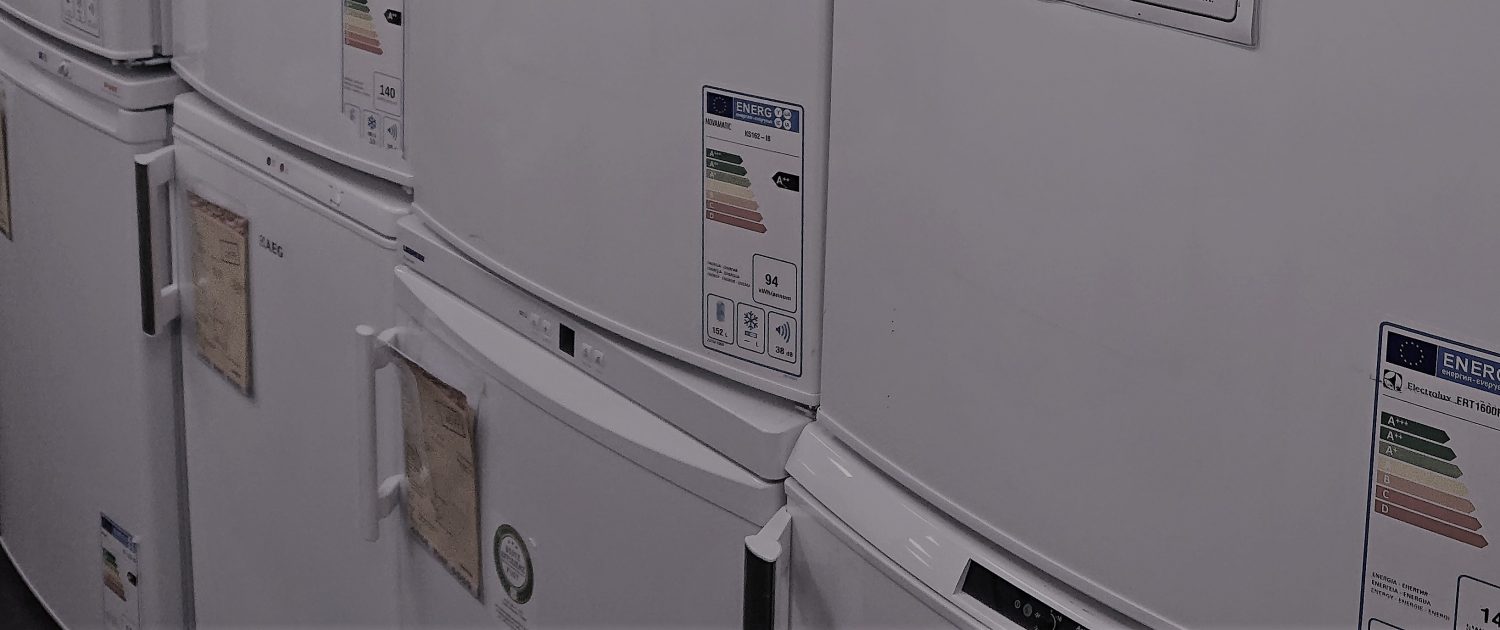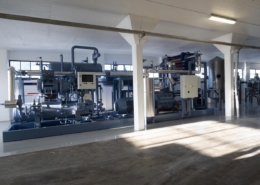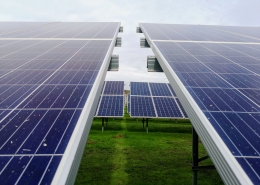In a research project funded by the Energy-Economy-Society research programme of the SFOE, a team from ETHZ has estimated the level of efficiency in the use of electricity of households and looked into the impact of energy and financial literacy on investment decisions for domestic appliances. The empirical analysis is based on data from a survey on energy use that covered 8’378 households and was organized by the research team at ETHZ in cooperation with several Swiss utilities.
Main results and policy implications
The results report the level of time-invariant (persistent) inefficiency in the use of electricity at 22%. The time-varying (or transient) inefficiency is found to be around 11% to 14%. The high persistent inefficiency points to structural problems faced by Swiss households in reducing their use of electricity. The empirical evidence shows that part of the consumers are rational and part of the consumers, boundedly rational, i.e. they do not make economic investment calculations when evaluating the cost of domestic appliances. To make an economically rational decision in the domain of appliance choice, an individual should perform an investment analysis taking into account the future operating costs of the appliances on offer. This could be a challenging task – it entails both ‘information cost’ and ‘optimization cost’ and the processing of information is cognitively burdensome for boundedly rational consumers. Moreover, we could identify a positive effect of energy-related investment literacy and energy-saving behaviour in reducing household electricity consumption.
The results suggest three ways to realize an improvement in energy efficiency. First, with an obligation for the producers of electrical appliances to provide information on the future energy consumption of the product in the form of a monetary estimate. This could follow the example of the EnergyGuide label used in the US that requires that on certain appliances an estimate of the annual operating energy cost be displayed. A second strategy would be to educate consumers about the energy consumption of different appliances and steps to identify the most efficient appliances by means of brochures and energy literacy courses at schools. Lastly, measures that enhance an individual’s energy-related knowledge and the ability to make investment calculations seems to be an important prerequisite to empower consumers. Decision support tools such as lifetime-cost-calculators could be provided in stores, mobile applications or through a web page promoted by the government.
Nilkanth Kumar, Research assistant, CEPE (ETH Zurich)
Image rights: CreativeCommons licence “CC BY-SA v4.0”


 Aneo Industry Heat pumps make steam
Aneo Industry Heat pumps make steam  ShutterstockLa fin des chauffages centraux à bûches?
ShutterstockLa fin des chauffages centraux à bûches?  Data: Swisstopo Geoinformation BFEEine neue Karte zeigt das grosse Heizpotenzial von Schweizer Flüssen und Seen
Data: Swisstopo Geoinformation BFEEine neue Karte zeigt das grosse Heizpotenzial von Schweizer Flüssen und Seen  Mariana Proença / UnsplashThe evolving energy landscape of India
Mariana Proença / UnsplashThe evolving energy landscape of India 


Dein Kommentar
An Diskussion beteiligen?Hinterlassen Sie uns Ihren Kommentar!